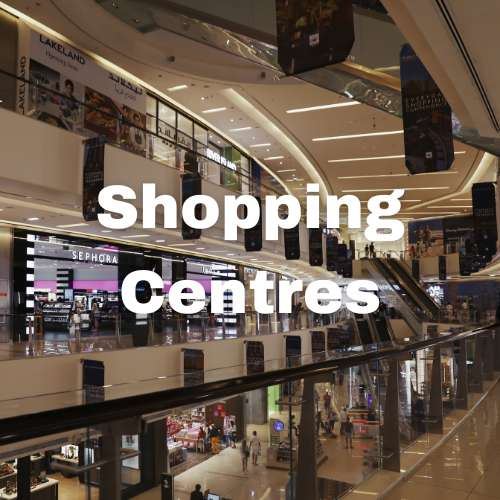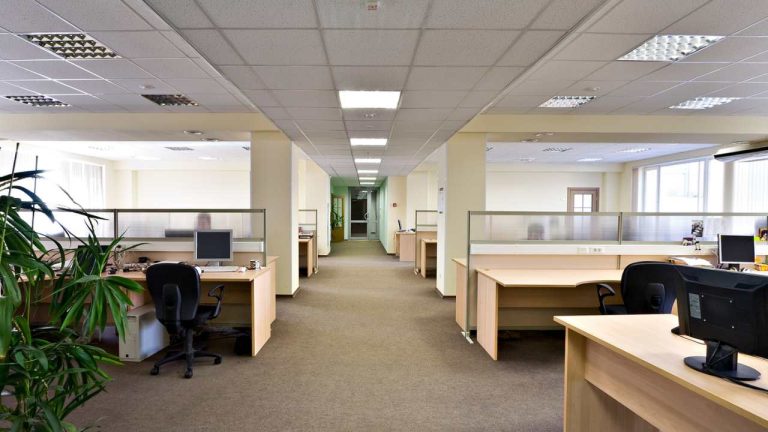Leasing Brilliance: A Blueprint for Retail Tenant Attraction and Retention
The retail shopping landscape is changing without a doubt. The internet significantly impacts how people shop and what they want when they visit a shopping mall. Tenant retention and leasing strategies are important to property investment performance. Here are ways to do that.
Shopping centre and leasing managers face an ongoing strategic challenge with retail property performance and change as retail property specialists.
People enjoy shopping because it allows them to spend money on specific items; things they need or want. Retail shopping malls provide both entertainment and shopping opportunities.

Align to the Customer Base
The tenancy mix and property location are (or should be) tailored to the spending habits of the customer base. Customers also shop because they want to or have to. They need the “basics” to live, so “convenience shopping centres” will always be in the local real estate market.
A ‘convenience shopping centre’ and a larger regional shopping centre are not the same; they are very different. Various management and leasing strategies are used in each case.
So, depending on the customer base and location, a retail shopping centre must meet several criteria. Retail marketing and customer requirements differ significantly between larger regional and smaller neighbourhood shopping malls. You can and should use checklists for leasing and management of either property class so you can cover all key issues in the tenant mix and across the property.
Improving Investments
Consider your current retail properties and how they are positioned for their location and customer demographic. Your management and leasing decisions should be centred on improving the investment’s performance.
This is a strategic process that necessitates the use of an experienced centre manager or property manager to implement the necessary controls. A retail business plan for the regularly updated property is an excellent strategy for this.
The success of retail property is determined by factors such as attraction, tenancy mix, customer base, cash-flow, and the economy. Because the economy changes throughout the year, your retail property must adapt to attract customers and sales.
Consider the retail properties you currently manage and their differences in location, landlord requirements, tenancy mix, and customer base. A shopping centre or centre manager will develop a business plan to manage and optimise each retail property throughout the year.

Retail Business Plan
The business plan can be monitored monthly and adjusted quarterly to account for economic, landlord, tenancy mix, and customer base trends. As a result, the business plan for a retail shopping centre should include specific elements of control and optimisation.
The tenancy mix and a tenant retention programme will be two of the most important areas to concentrate on.
What do you need to remember here? Some tenants are better than others, and some properties are uniquely designed. As a shopping centre manager or property manager, you need to position the tenancy mix successfully into the property design to attract repeat visits from the customer base.

Changes in Economy
Customers’ priorities and spending habits can shift as the economy changes. This will have an impact on retail tenants’ success or failure.
A tenant retention programme prioritises segmenting tenants into merchandise groups, retail offerings, and levels of success based on customer requirements.
Here are some ideas to incorporate into your retail tenant retention programme for your shopping malls right now.
1: Tenant Strengths and Weaknesses
Analyze the tenancy mix to determine the distinctions between successful and ordinary tenants. Look for weaknesses in the tenancy mix and determine whether they are location or tenant-related.
Any flaws in the tenancy mix become a matter of strategy and must be addressed over time. You can create a tenancy mix based on the property’s stronger tenants. This is where tenant clustering comes into play, occurring within the property and near the entranceways.

2: Lease Documentation
Consider the lease documentation, the tenancy schedule, and the critical dates within each lease when examining the tenancy mix.
Ascertain that the tenants in occupancy adhere to each location’s permitted retail uses. Look for factors that may indicate a breach of lease conditions and take steps to improve or eliminate the breach issues.
3: Communications Systems
One of the best initial strategies for retaining tenants in a shopping centre is communication. Keep the tenants informed of any property changes and upcoming events or opportunities to increase their sales.
Since most retail tenants today are small, simple businesses, communication is critical in retaining tenant interest and cooperation.

4: Priority Tenants and Locations
Your tenants should be prioritised based on their merchandise offering and retail sales success. If you prioritise or rate your tenants, you will know where to focus your negotiations, support systems, and relocation plans.
Some tenants can increase their sales by being relocated in different areas of the same property. It’s also possible they’re leasing too much space right now, in which case a relocation initiative and/or lease reduction programme would make sense.
5: Critical Dates and Changes
When it comes to leasing and tenant retention, always be aware of lease expirations, critical dates, and lease option periods.
It is prudent to look ahead 18 months, looking for changes in occupancy, business activity, and the lease critical dates of change. Understand the lease covenants that impose obligations on the landlord or the tenants.
With any dates identified, you can develop a strategy and recommendations for the landlord. This also enables lease negotiations with specific tenants to begin well in advance.

6: Reporting Systems and Controls
When it comes to a shopping centre management reporting system, there are two things to keep an eye on weekly, if not daily, basis.
- The first factor will be arrears, which apply to all tenancies on the property.
- The second factor to keep an eye on is vacancy leasing.
Ensure you have a well-documented and controlled set of systems to monitor and control each of those variables.
7: Competing Properties
Given your location and property size, how many other competing properties are nearby, and how do they impact your retail shopping centre performance plan?
Inspect the other retail properties in your precinct or location regularly to understand how they change or perform in today’s economy.
You can learn whether there are any potential tenant movements to your property by reviewing those properties.
8: Marketing Strategy
Create a marketing strategy that complements the tenancy mix, customer base, and location. This marketing strategy should consider the seasons and holidays throughout the year.
The tenants can also contribute to the marketing plan if the necessary marketing clauses are included in the lease documents for all tenants when leases begin.
The marketing strategy is intended to generate customer interest in the property and, ultimately, sales for the tenants. This increases the likelihood of tenants paying rent and becoming more successful as property occupants.
Focal Points of Tenant Placement
As a result, these factors can serve as the focal points or focal points of a tenant retention plan in a medium to large shopping centre.
These strategies enable you to stay informed about the tenancy mix and make changes when opportunities or challenges arise.







